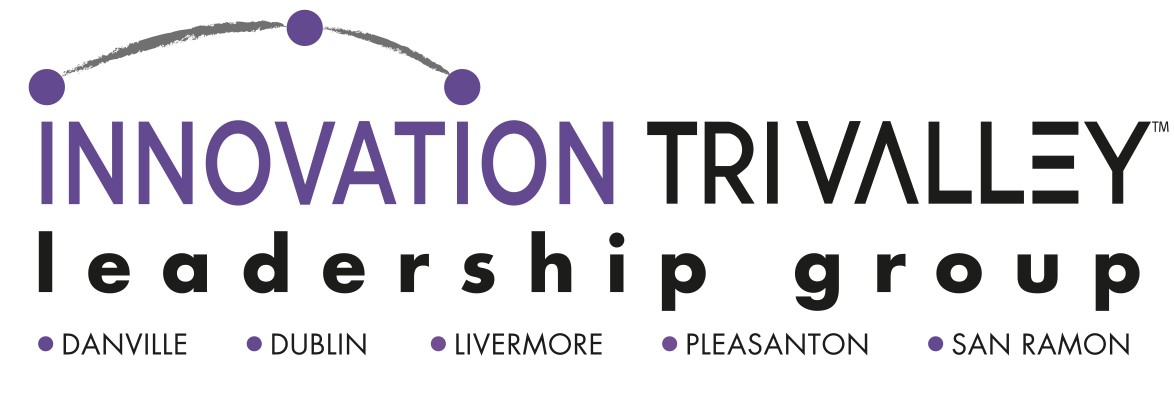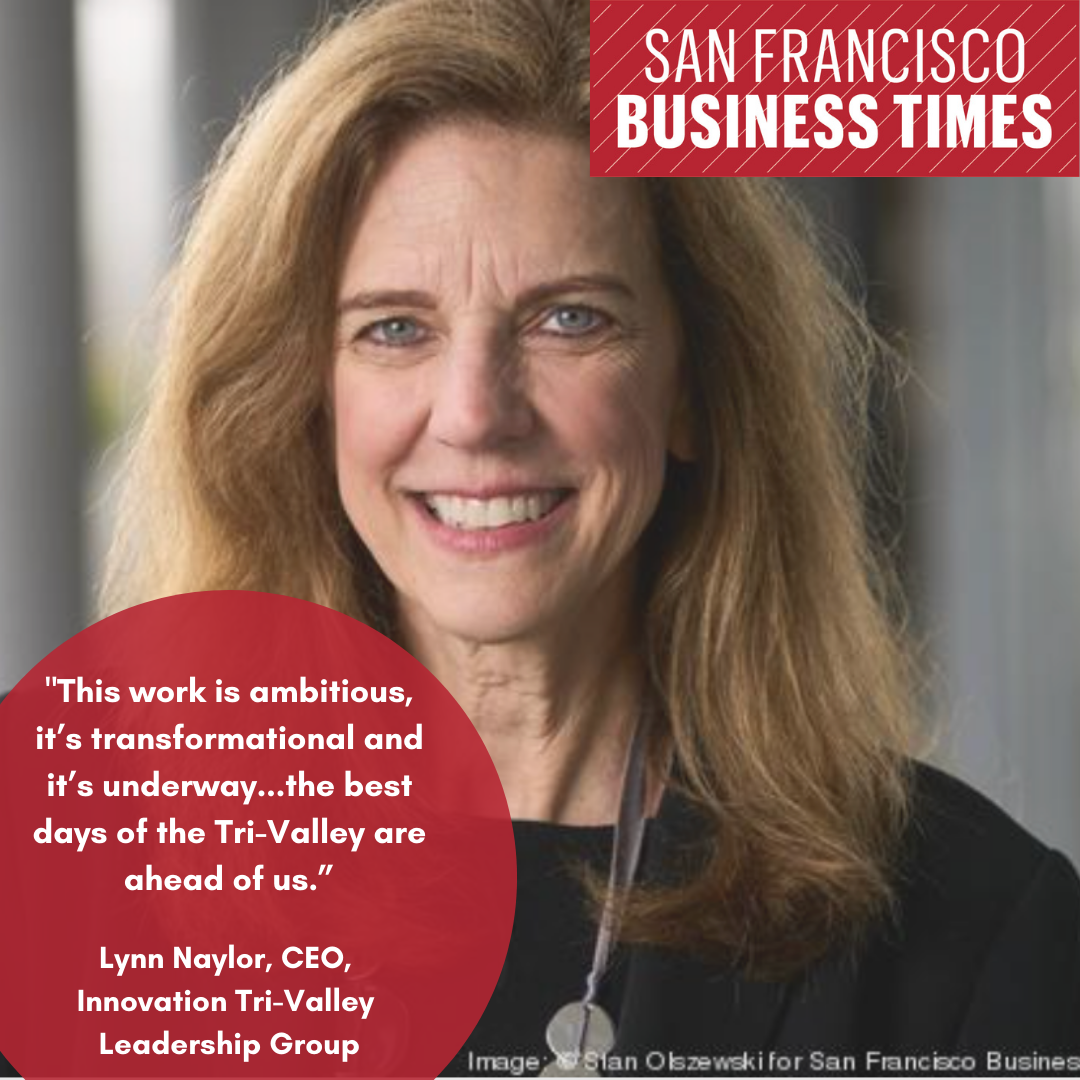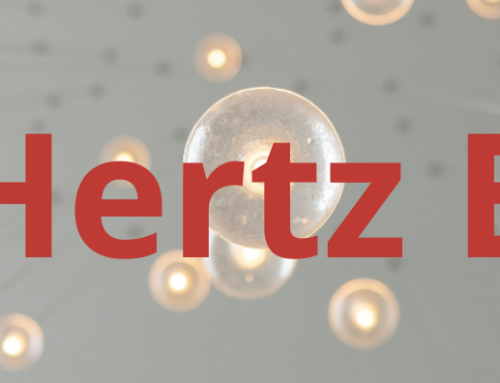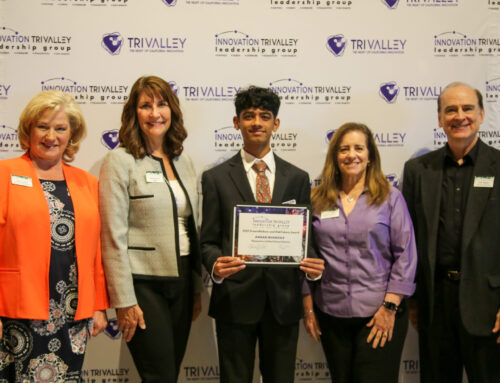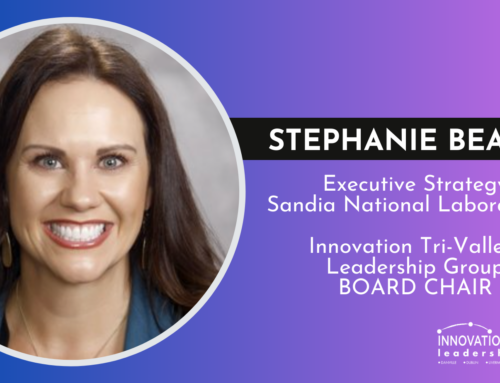From San Francisco Business Times | By Sarah Klearman
Jan 28, 2022
The Tri-Valley has a regional gross domestic product of nearly $42 billion. It’s one of the fastest-growing regions in the Bay Area — over the last two years, it has seen nearly 200 companies relocate to the area, even amid the so-called Bay Area exodus. And Lynn Naylor thinks things will only get better from here.
“I really feel like the best days of the Tri-Valley are ahead of us,” said Naylor, the CEO of Innovation Tri-Valley Leadership Group.
In June 2021, ITV launched its Tri-Valley 2040 Vision Plan — a roadmap of sorts, Naylor said — toward those better days. The plan plots the region’s sustainable economic growth via a set of two dozen recommendations promoting things like equitable economic development, workforce development and retention, improving infrastructure and boosting the region’s housing supply.
As of mid-January, two of the plan’s 24 recommendations have already been accomplished. We caught up with Naylor to talk about the last year — and the next 18 or so ahead.
For our readers who may not be entirely familiar, tell me a little bit about what the 2040 Vision Plan seeks to achieve. In 2021, the Tri-Valley set a new strategic direction with the Tri-Valley 2040 Vision Plan that details how the region will create change as an economic leader in California. The plan was based on feedback from more than 1,000 people in five communities across two counties and through dozens of workshops. We spoke with venture capital leaders and experts in diversity, equity and inclusion, entrepreneurship and education.
The plan is really built around five major themes: developing world-class talent, critical connections, vibrant placemaking, opportunity for all and a green economy. The plan has 24 very specific recommendations that will drive our continued growth in all of those areas: things like employer based training, a research university presence connected to our national labs and building more affordable, smart, green walkable communities near transit with vibrant downtowns.
Some of the outcomes will take decades, but we’ve had a couple move forward already just in the first couple of months. This work is ambitious, it’s transformational and it’s underway.
The plan does outline some ambitious goals. Tell me about the two outcomes ITV has gotten the ball rolling on already. There are two specifically that I think are very exciting. We just launched a diversity, equity and inclusion council that we filled with DEI experts from across the Bay Area. The objective is to raise the impact of DEI all across this region and also to share innovative best practices with industry leaders. It shows the Tri-Valley’s commitment to grow this place as a region with empathy, where people from all different backgrounds and perspectives feel welcome and that they belong here.
The plan also identified a need for a private sector-led philanthropic fund for the region. The Three Valleys Community Foundation was just launched in November, and will help us broaden our local philanthropic support to build capacity in our nonprofit community. We learned that the Tri-Valley’s GDP is more than $42 billion, but less than half a percent of that is invested back in this community through private philanthropy. This foundation can make deep, rich change in the region and how it invests in itself and its future.
What outcomes will ITV seek to accomplish or prioritize next? We’re working with all of the five Tri-Valley communities to look at their general plans and see how the 2040 plan aligns with work they already have underway. The Tri-Valley region is so collaborative. Even though the communities all have different strengths, they all recognize that we’re stronger together. Our primary role is as a convener: bringing people together so they can innovate. We’ll be working on things like broadband, housing, new training for young people that allows them to move into leadership positions in the region — trying to offer more equity and opportunity to everyone.
You previously described wanting to work with Tri-Valley communities and elected officials to better understand how these objectives should be prioritized. Have you begun having those conversations yet? What are you hearing from communities? We’re amid that process right now, so I’m not sure I can say a lot about that. I can say that when we met with all of the elected officials after the plan was published, there was a great deal of enthusiasm. All the mayors saw their communities in the plan, and saw ways they could contribute to and lead sections of it. That kind of momentum is very exhilarating for the region. The 24 recommendations will keep us busy.
What benchmarks, if any, is ITV planning to use to measure its progress through the course of the plan’s lifespan? Those kinds of metrics will be developed as we build out the plan. It’s a really dynamic process: we know where we want to go, but we don’t know exactly how we want to get there. So we’ll do a lot of those performance metrics together as we work our way through the plan.
ITV’s role will be to prioritize and meet with the communities, and then tackle a set of the key recommendations in a priority order over the next several years. It’s a process that we’ll do together. Our elected officials have been phenomenal collaborators, and so we’ll push forward together based on what our companies and community leaders see as top priorities.
Tell me about the year behind us from ITV’s perspective: were there any tailwinds for the region’s economic development and general growth you saw emerge in 2021? We have seen an incredible number of innovators make great strides in 2021. The innovators and companies who moved to the Tri-Valley to grow with us here have experienced strong growth.
The Zeiss Innovation Center (in Dublin) was a $180 million investment. 10x Genomics made a $29 million investment in the expansion of their (Pleasanton) headquarters here. Workday invested $172 million in the expansion of their (Pleasanton) campus. Stanford Health Care came to the Tri-Valley in 2015 with the promise of investing $50 million in our community-based health care system.
As of this past year, they’ve now made a $300 million commitment to the Tri-Valley, and brought high-end programs usually only available in academic medical centers. We’ve seen people come to the community or start their businesses here and then grow or scale rapidly.
What is a challenge facing the Tri-Valley that ITV is currently working to solve? I think bridging a gap between our longstanding communities and some of our new communities is a function that we can lead in. We can show value in our communities’ innovation through shining light on lived experiences.
ITV is very committed to building a future that is better than our present, and our diversity, equity and inclusion council is our method to help drive that commitment. We want this to be a place where people from all different backgrounds really do feel welcome. I think this community and every community right now can make huge strides if they focus on that with real heart and intention.
Tell me something you discovered in or about the Tri-Valley this year that surprised you. One of the surprises was to listen to the passion in our life science sector through meeting with the CEOs in this region that are working with life sciences through Covid-19 and the changes we’ve seen in the last couple years.
The passion people have — they get out of bed wanting to save lives, and I’ve been struck by the energy, against all odds, that we see and feel in an innovation hub in terms of humanity. So many of these companies are led with empathy and humanity that I had never imagined. It’s been very exciting to see that, and I try and support it.
Originally posted https://www.bizjournals.com/sanfrancisco/news/2022/01/28/innovation-tri-valley-ceo-lynn-naylor.html?b=1643312626%5E22027235
